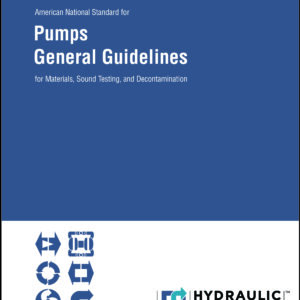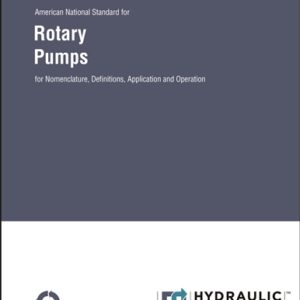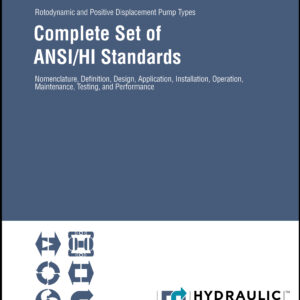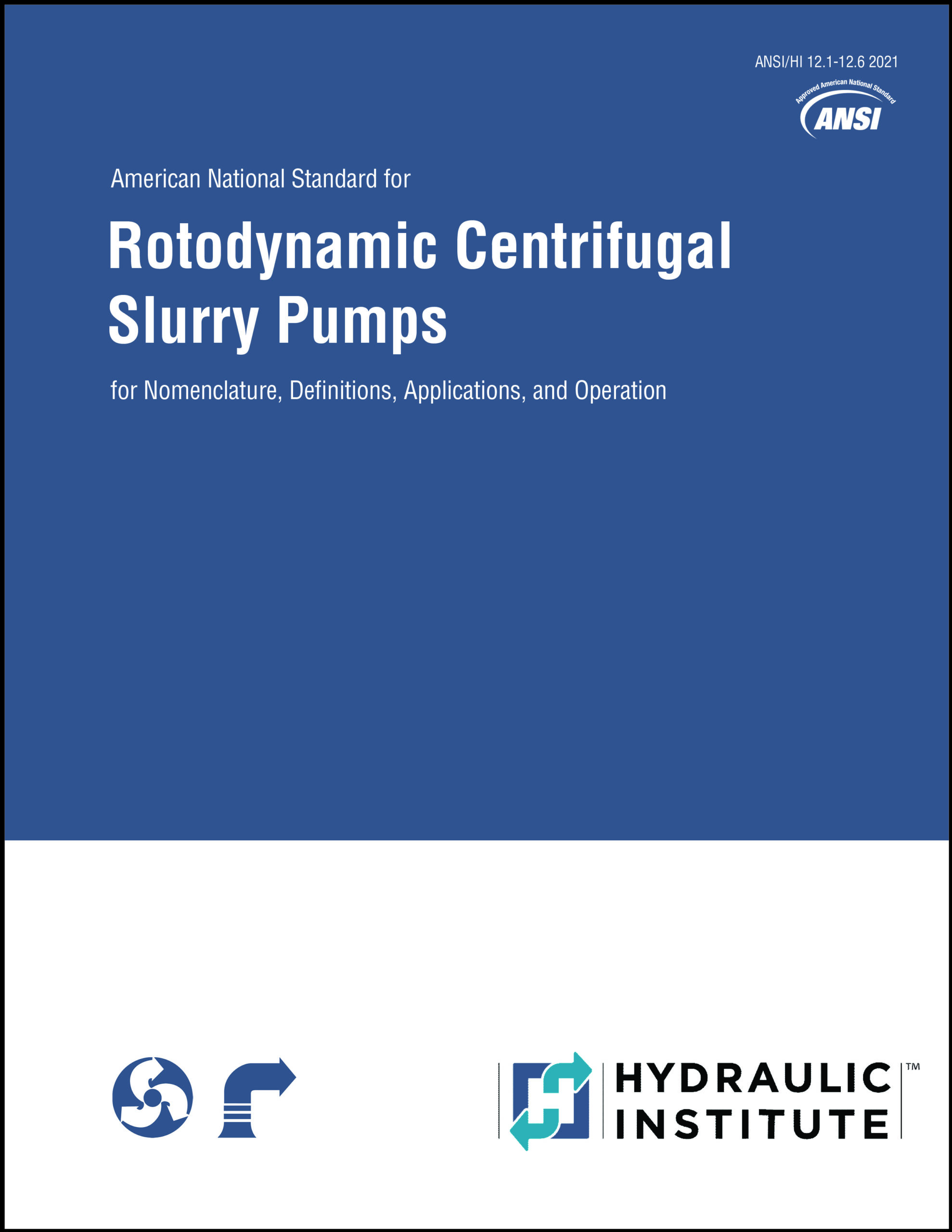ANSI/HI 12.1-12.6-Rotodynamic Centrifugal Slurry Pumps for Nomenclature, Definitions, Application, and Operation
Overview:
This standard covers the definition, design and application, installation, operation and maintenance, and specific testing of centrifugal slurry pumps. Slurry pumps are used for pumping and/or transporting mixtures of solids and liquids. Slurries are often abrasive and, if not considered, may cause high wear and shortened life of pumps. Unlike clear water, slurries alter the performance of the pumps and cause wear to the wet-end parts. Below a certain velocity, some slurries also settle out in the piping, causing blockages. These differences are such that if they are not taken into account, the pumps will not work satisfactorily or not at all. For this reason, this standard includes information about slurries and their effects, which is necessary to select, apply, operate, and maintain slurry pumps of different designs and materials of construction.
Specifying engineers, consulting companies, pump end users, and manufacturers focused in mining and other industries that pump abrasives such as sand, rock, and slurry would benefit from purchasing this standard.
What’s New:
This standard supersedes the ANSI/HI 12.1-12.5-2016 edition. Updates in the new edition include:
- Updated the recommended limits on %BEPQ
- Slight shift towards higher flow rates (Closer to BEPQ)
- Narrowed the operating region ranges at higher heads for lighter duty slurry classes, lower classes
- Added special limits for 3 vane and high specific speed pumps
- Updated the service class definition and methodology
- Updated and simplified the nozzle loads section and made the nozzle load tables in the appendix normative
- Added new guidance for maximum recommended solids size for rubber lined pumps
- Added a section on ceramic wear materials
Print copies typically ship within 3 business days.
Have questions? Please contact us through our Customer Support Center.




